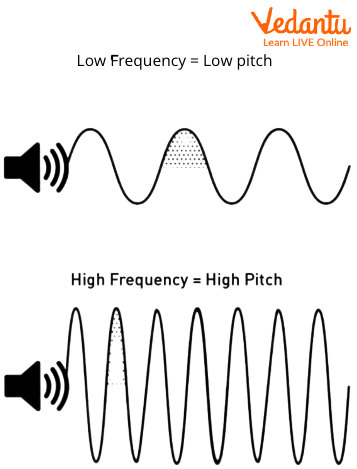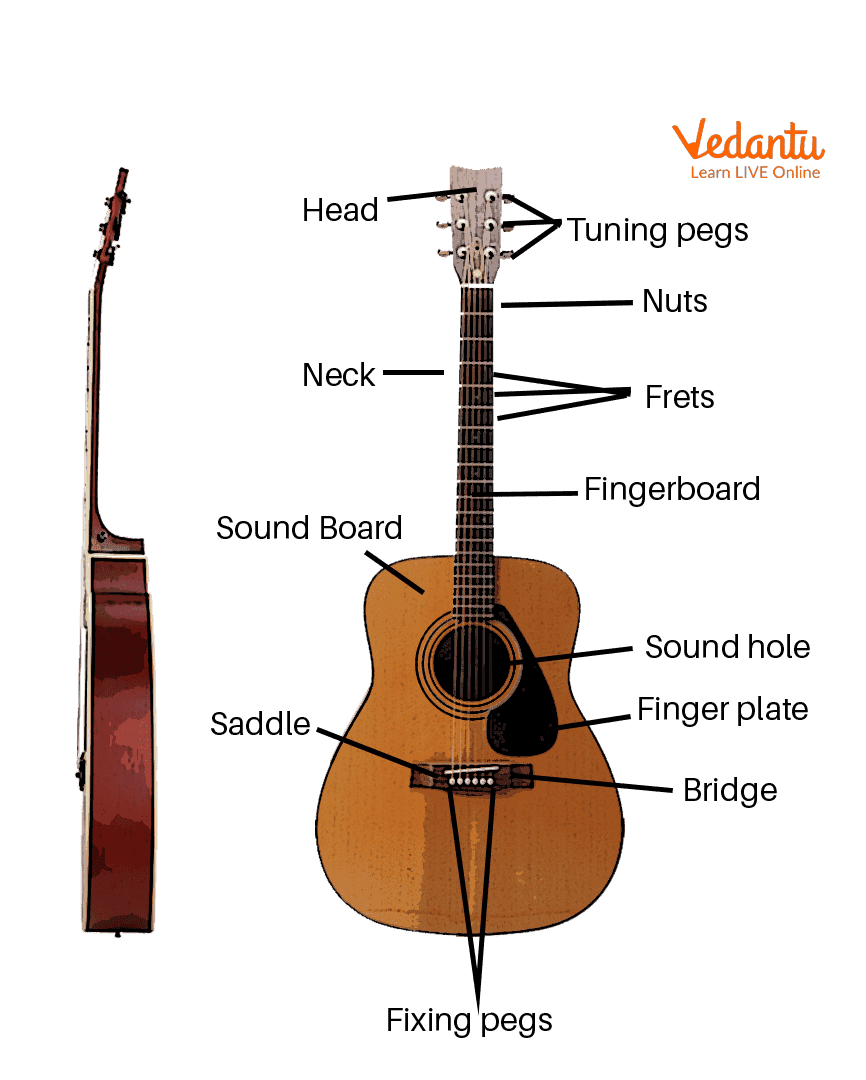




Importance of Music in Our Life
The meaning of the musical is “having a pleasant sound.” Music plays an important role in human life because it has the power to bring entertainment and positivity in the lives of people. Many people feel that music makes life worth living. It plays an important role in cultural activities and social events. It has always been important to religious ceremonies. Making music is not just an art, it is also a science.
Importance of Music in Our Life
An object which can be used to produce music is known as a musical instrument. Researchers and scientists have found that learning a musical instrument can reduce stress and improve our memory. Harmonium, Flute, Veena, Piano and Guitar are a few examples of musical instruments, and each one creates musical sound in different ways.
The Physics of Music
Sound wave is a longitudinal wave which transfers energy through a medium. The physics of sound waves help musicians to learn and study the patterns of vibrations. The waves produced by guitar strings are called standing waves. Standing waves with different frequencies correspond to different musical notes. The points of a standing wave which don’t oscillate are called nodes and the points at the maximum height of the peaks are antinodes. Generally, musicians make their music using the frequencies of standing waves. So, we can say that physics plays an important role in the context of music.
The Physics of a Guitar
Physics surrounds us. As we know that a vibrating object produces a sound wave. When the strings are played and plucked, the air molecules around them vibrate back and forth. They create a pressure wave which travels from the source to our ears, resulting in sound waves. The string of a guitar itself disturbs very little air, so the resulting sound is low. However, if we attach guitar strings to a larger object, such as a wooden sound box, then more air is disturbed. The guitar string forces the sound box to vibrate at the same frequency as the string. This produces a more audible sound.
The tuning pegs which are at the head of the guitar can change the tension of the strings which changes the frequency of the sound which is the rate at which the vibration occurs. So, we can say that if the strings are heavier they will vibrate slower and as a result, the pitch will be lower.
Pitch: Pitch plays a very important role for guitarists. It is the property of sound which allows us to perceive certain sounds as “higher” and “lower” based on their frequencies. This condition is shown in the figure given below.

Frequency and Pitch of Sound Waves
From the above figure, we can say that higher frequency is for higher pitch and lower frequency is for lower pitch. The pitch of a vibrating guitar string depends on three factors:
Materials the strings are made of
Tuning of the strings
The string that is being played and the length of string that is free to vibrate
Important Parts of a Guitar
Every guitar is a little different, but the three important parts of all guitars are the same: body, headstock or head and neck.The acoustic guitar is a popular instrument. So, here we will discuss all three parts and their components in terms of an acoustic guitar.

Different Parts of the Guitar
Body: This is the main part of the acoustic guitar. The body of an acoustic guitar is made up of the soundboard from where the sound resonates from the strings which means it is the part that vibrates to produce sound. From top to bottom, the body of this acoustic guitar is divided into the waist, the upper bout and the lower bout.
Soundboard & Soundhole: Soundboard is an important part of the acoustic guitar which vibrates and creates much of the tone and sound of the guitar. A sound hole is generally a round hole designed to allow greater vibration in the centre of the acoustic guitar.
Headstock or Head & Tuning pegs: The main part of this guitar is the headstock, generally known as the head. This part is at the top of the guitar, and the tuning pegs are those things which stick out of the head. The headstock part is generally used as a placement area for the tuning pegs.
The shape of this part determines the layout of the tuning pegs. Tuning pegs are generally made of metal and can be arranged three on each side of the head or all six on one side. The headstock part's shape can affect the guitar's tone because of the way it vibrates. The main function of the tuning pegs is to tune the strings.
Nut: The nut is a skinny piece of hard black or white material with slots where the strings cross. We can find it between the head and the fretboard. Nuts are usually plastic or wood but could also be ivory, ebony or other material. This nut can affect the tone of the guitar.
Neck: The other main part of the acoustic guitar is the neck which is a long thin piece of wood between the head and body. This part holds the head, nut and frets. The shape of the neck can make the guitar easier or harder to play, and the connection of the neck to the body affects the sound of the acoustic guitar.
Frets: Hard metal strips are installed into the fingerboard, which provides a place for the string to end when pressing down with the figure. As we can see from the above figure, each string and fret represent a musical note.
Fingerboard: As we see from the above figure, this part is on the top of the neck, and the frets are installed into the fingerboard. So this is the place where the strings are pressed down to create notes.
Strings: Classical guitars have nylon strings, while regular acoustic guitars have metal strings. The thickness and composition of the strings can affect the sound. The standard guitar has six strings.
Bridge: We can see this part on the soundboard where the other end of the strings is attached. The bridge transfers string vibrations to the body, an important part of the guitar.
Pickguard: This can be made of metal, plastic, exotic woods and acrylic. The Pickguard helps protect the guitar's body from scratches caused by hitting it with a pick.
Interesting Facts
The modern guitar's design, shape and sound were established by Spanish Guitarist Antonio Torres Jurado.
The first guitar was invented in Ancient Egypt, and another interesting fact is that Gibson made his first electric guitar in 1936.
The world’s biggest guitar is 13 metres long, and the shortest guitar is 10 Microns.
Conclusion
Musical instruments have different designs and constructions, but they share one thing in common: to produce pleasant sounds to the ear.
Guitar is incredibly versatile and is used in many different genres of music. Guitar shapes and materials can change the nature and sound of the vibrations.
FAQs on Guitar Instrument and its Important Parts
1. Define the term frequency in simple words.
Frequency tells us how fast the vibrating object repeats its motion. When an object makes 1 vibration per second, its frequency is said to be 1 hertz. Frequency can be measured in hertz and written in short form as Hz.
2. Define stringed musical instruments.
Stringed musical instruments produce sound by the vibrations of stretched strings. Violin, veena, piano and guitar are good examples of stringed musical instruments.
3. Explain a longitudinal wave in simple words.
A wave which moves in the direction of its propagation is called a longitudinal wave. A longitudinal wave is made of refractions and compressions, and a sound wave is an example of a longitudinal wave.











